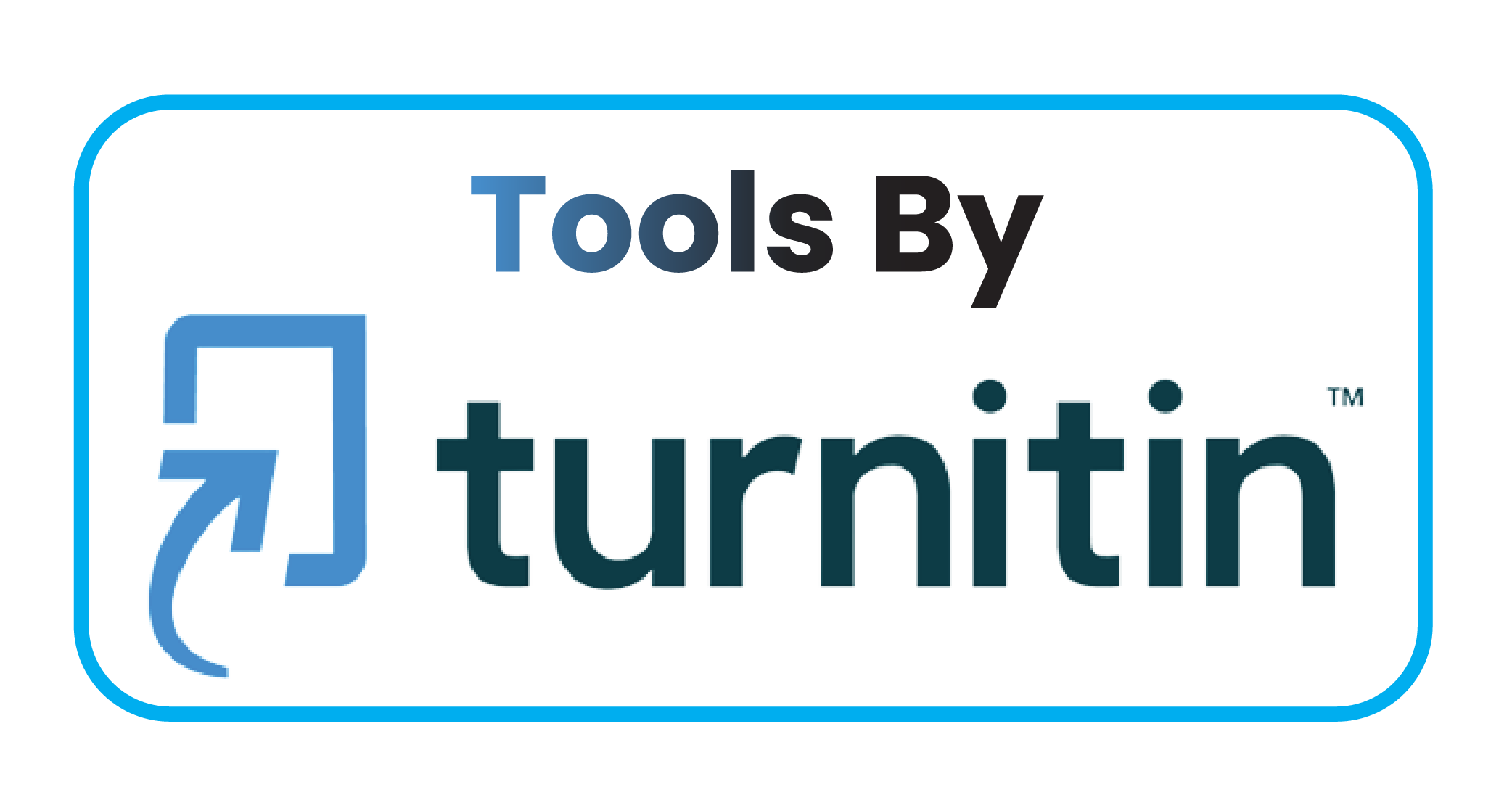An Oral Sedation Preparation Based on Pistachio Nuts with Organic Melatonin Content To Support MRI Examination
DOI:
https://doi.org/10.59888/ajosh.v3i3.466Keywords:
pistachio;, sedation;, melatonin;, MRIAbstract
Sedation of propofol, chloral hydrate, midazolam, and ketamine is commonly used in MRI examinations. There are still risky side effects from the previous 4 sedations, so melatonin tablets are a safer option. Melatonin synthesized in tablets can still cause quite adverse side effects. Pistachios processed into milk can be used as an alternative to natural melatonin oral sedation. Research Objective: To determine the potential of pistachio milk as an alternative to oral melatonin sedation to support MRI examinations. Research Method: This research uses the R&D (Research and Development) method with 4 stages, namely finding potentials and problems, data collection, product design, and design validation. The product in the form of 200 mL pistachio milk with concentration variants of 35 g, 45 g, 55 g, 65 g was tested in a laboratory to determine its potential from the test results with a reference to melatonin tablets of 10 mg. Research Results: Laboratory tests showed the presence of melatonin and other accompanying ingredients such as phenolics, carotene, and polyphenols. The melatonin content of the 35 g, 45 g, 55 g, 65 g variants is 5.5 mg, 6.1 mg, 8.7 mg, 10.5 mg, respectively. Conclusion: Pistachio milk with a 65 g variant has a melatonin content of 10.5 mg which is close to the reference for sedation of melatonin tablets of 10 mg, so it has the potential to be an alternative to oral sedation of melatonin to support MRI examinations.
Downloads
Published
Issue
Section
License
Copyright (c) 2024 IM Dwitya Surya Wrddhi Putra, Bambang Satoto, Dartini Dartini, Siti Masrochah, Leny Latifah, Gatot Murti Wibowo

This work is licensed under a Creative Commons Attribution-ShareAlike 4.0 International License.
Authors who publish with this journal agree to the following terms:
- Authors retain copyright and grant the journal right of first publication with the work simultaneously licensed under a Creative Commons Attribution-ShareAlike 4.0 International. that allows others to share the work with an acknowledgement of the work's authorship and initial publication in this journal.
- Authors are able to enter into separate, additional contractual arrangements for the non-exclusive distribution of the journal's published version of the work (e.g., post it to an institutional repository or publish it in a book), with an acknowledgement of its initial publication in this journal.
- Authors are permitted and encouraged to post their work online (e.g., in institutional repositories or on their website) prior to and during the submission process, as it can lead to productive exchanges, as well as earlier and greater citation of published work.










